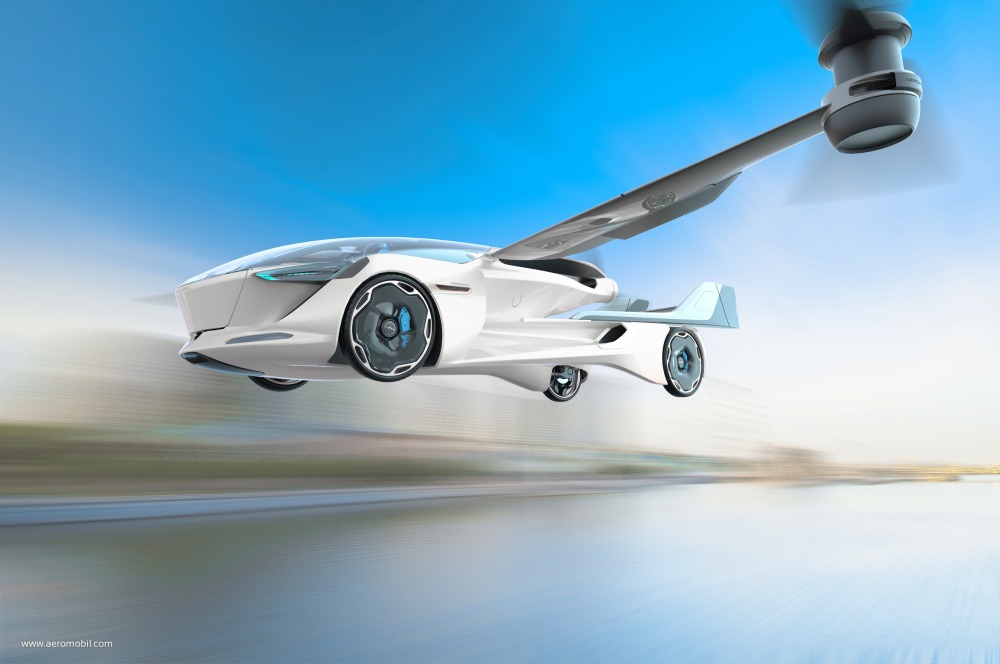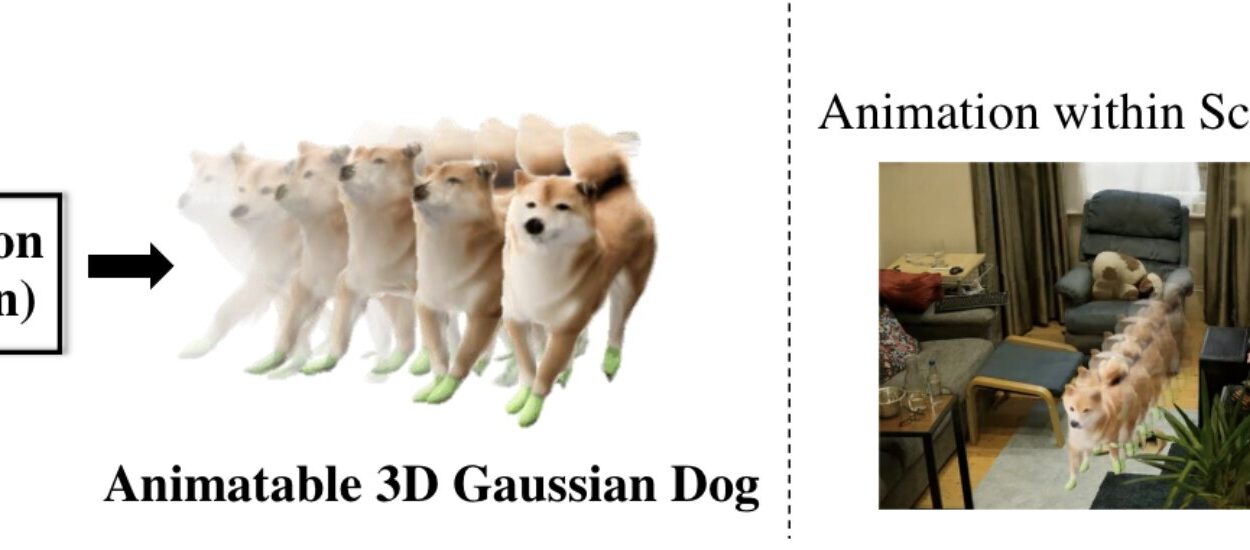From the pages of early science fiction to the screens of futuristic films like The Fifth Element and Back to the Future Part II, the idea of flying cars has been an emblem of the future. A symbol of modernity, convenience, and personal liberation, flying cars promise to combine the speed and freedom of aviation with the accessibility and ubiquity of automobiles. And yet, for over a century, this dream has danced just beyond the horizon—always imagined, often attempted, rarely realized.
Today, however, things are changing. With rapid advances in propulsion systems, autonomous navigation, lightweight materials, and urban air mobility (UAM) infrastructure, flying cars are no longer relegated to the imagination. Prototypes exist. Test flights have been conducted. Billion-dollar investments are being poured into startups and aerospace giants alike. We are, for the first time in human history, standing at the threshold of a new era in transportation.
But how realistic is this dream? What does it take to make a car fly—not just once, but safely, affordably, and at scale? What challenges stand in the way, and what opportunities might unfold if we overcome them?
This comprehensive article explores the past, present, and future of flying cars: the technology that drives them, the hurdles that slow them, and the breathtaking possibilities that lie ahead.
A Brief History of the Flying Car Fantasy
The vision of flying cars has captivated inventors and entrepreneurs for more than a hundred years. As early as the 1910s, aviation pioneers imagined hybrid vehicles that could travel on both roads and in the skies.
In 1937, Waldo Waterman flew the “Arrowbile,” a small aircraft with detachable wings designed to be driven on roads. In 1949, Moulton Taylor introduced the “Aerocar,” a roadable plane that garnered public interest but never reached mass production. These early models were mechanical marvels, but they were also impractical, expensive, and difficult to operate.
The late 20th century saw a resurgence of interest, especially during the 1970s oil crisis and the dawn of the digital age. However, without modern computing and materials, flying cars remained more curiosity than viable product.
In the 21st century, the idea was reborn—not as a novelty, but as a solution to real-world problems: traffic congestion, urban sprawl, and climate change. A new generation of engineers began to reimagine the flying car, not as a plane that drives, but as a new mode of vertical transportation built from the ground up.
What Is a Flying Car, Really?
It’s important to clarify what we mean when we say “flying car.”
The term encompasses several types of vehicles, including:
- Roadable aircraft: Cars that can convert into airplanes (and vice versa), usually requiring a runway.
- Vertical takeoff and landing (VTOL) vehicles: Aircraft that lift off vertically like a helicopter but fly more like a plane.
- Electric VTOLs (eVTOLs): Electrically powered VTOL vehicles that rely on distributed propulsion and are designed for short, efficient flights over cities.
- Personal air vehicles (PAVs): A general term for small, personal aircraft used for on-demand, urban or suburban flight.
While traditional flying car concepts focused on dual-mode functionality (driving and flying), most of today’s leading prototypes lean toward eVTOL designs that don’t need to drive on roads at all. Instead, they are envisioned as a new category of urban air taxis, operating from vertiports and managed by automated flight systems.
The Core Technologies Powering Flying Cars
Creating a vehicle that can fly like a helicopter and operate with the simplicity of a car requires a perfect storm of innovations. Let’s explore the critical technologies making this possible.
Electric Propulsion
Electric propulsion has been a game-changer. Traditional helicopters are noisy, maintenance-heavy, and dangerous in dense urban settings. Electric motors, on the other hand, offer:
- Quiet operation: Crucial for urban environments.
- Lower maintenance: Fewer moving parts compared to combustion engines.
- Redundancy: Multiple rotors and batteries can ensure safety in case of failure.
- Zero emissions (locally): Reducing the carbon footprint of short-distance air travel.
The development of high-density lithium-ion batteries has enabled prototypes that can fly for 20–30 minutes at a time—ideal for inter-city hops.
Lightweight Materials
Advanced composite materials like carbon fiber allow for stronger, lighter airframes. Lighter vehicles require less power to lift, improving efficiency and safety. Material science plays a crucial role in designing structures that can withstand both flight stresses and passenger expectations.
Autonomous Navigation
One of the biggest barriers to mass adoption is piloting. Training millions of people to become competent pilots is unrealistic. That’s where autonomous navigation systems come in.
Combining GPS, lidar, radar, cameras, and AI-based flight control, flying cars can theoretically navigate, avoid obstacles, land safely, and communicate with other aircraft—all without human intervention. Just as self-driving cars are reshaping ground transport, autonomous flight is the key to scalable flying car ecosystems.
Distributed Propulsion
Instead of relying on a single rotor like a helicopter, many flying cars use distributed propulsion—multiple electric rotors positioned around the body. This design:
- Improves balance and maneuverability.
- Enhances safety via redundancy.
- Allows for smoother, quieter takeoffs and landings.
Think of it like a flying drone scaled up to carry humans.
Vertical Takeoff and Landing (VTOL)
A major limitation of traditional aircraft is their need for long runways. Flying cars solve this with VTOL capabilities, allowing them to lift off and land vertically, like a helicopter.
Some use tilting rotors or wings (tilt-rotor), while others rely on fixed vertical rotors for lift and separate propulsion for forward motion. Mastering VTOL is essential for urban integration, where space is at a premium.
Major Players and Prototypes
Though still an emerging industry, dozens of companies worldwide are developing flying car prototypes. Some focus on two-seat personal vehicles, while others aim to create fleet-ready air taxis for urban mobility.
Key names include:
- Joby Aviation – Backed by Toyota and partnering with Uber Elevate.
- Volocopter – German-based firm focused on air taxis.
- Lilium – Features jet-like ducted fans and all-electric systems.
- Archer Aviation – Aims for mid-range eVTOL urban flights.
- Terrafugia – Owned by Geely (Volvo’s parent company), working on roadable aircraft.
While designs vary, the shared vision is clear: safe, electric, vertical mobility for everyday people.
The Infrastructure Challenge
Even with perfect flying cars, they need somewhere to take off, land, and recharge. That brings us to one of the largest hurdles: infrastructure.
Vertiports
A vertiport is like a helipad—but optimized for multiple vehicles, quick turnarounds, and passenger services. Cities would need hundreds of these in strategic locations: rooftops, parking lots, or specially built terminals.
Each vertiport needs to accommodate:
- Vertical clearance
- Battery charging stations
- Air traffic control systems
- Passenger screening, waiting, and boarding areas
Building this network will take time, money, and cooperation between governments, developers, and aviation authorities.
Air Traffic Management
Urban skies are already congested with commercial and private aircraft. Adding thousands of eVTOLs to the mix demands a new air traffic management (ATM) system.
This could be done via a blend of:
- Unmanned traffic management (UTM): Automated systems used today for drones.
- Geofencing: Designating corridors or zones for eVTOL flight paths.
- AI-based coordination: Predictive modeling and real-time adjustments.
Without smart ATM, flying cars could become airborne chaos.
Safety and Regulation
A flying car crash isn’t just dangerous—it’s potentially catastrophic in crowded cities. That’s why safety and regulation are perhaps the biggest gatekeepers to widespread adoption.
Certification
Every vehicle must meet strict aviation safety standards, which is a lengthy and expensive process. Certifying a new aircraft can take a decade or more and requires exhaustive testing of every system, from rotors to software.
Redundancy and Fail-Safes
To earn public trust, flying cars must be ultra-safe. That means:
- Redundant motors, batteries, and control systems.
- Emergency landing capabilities.
- Real-time diagnostics and predictive maintenance.
- Parachute recovery systems (used in some aircraft like the Cirrus SR22).
Pilot or No Pilot?
Some early models may require a licensed pilot, limiting their accessibility. Fully autonomous systems are the long-term goal, but regulators will need to see years of safe operation before green-lighting pilotless passenger flights.
Legal Framework
Air rights, flight permissions, insurance liability, and noise regulations must all be updated. Cities must work with national and international aviation bodies to create a consistent and fair legal environment for aerial mobility.
Challenges Beyond the Tech
Even if the technology and infrastructure exist, there are still social and economic challenges.
Public Perception
Flying cars may seem thrilling to some—but terrifying to others. Concerns over crashes, noise, privacy, and visual pollution will shape public acceptance. Companies must invest in outreach, education, and transparent testing.
Cost and Accessibility
Early models are likely to be expensive, serving the wealthy or business travelers. Mass adoption depends on reducing costs through:
- Battery improvements.
- Manufacturing scale.
- Shared ride services (like UberAir).
- Subscription models or public-private partnerships.
Environmental Impact
While electric flying cars reduce emissions compared to gas-powered vehicles or helicopters, battery production still involves mining and resource use. Additionally, large fleets of flying cars could strain energy grids if not managed intelligently.
Still, for mid-distance travel (20–100 miles), eVTOLs may outperform cars and short-haul planes in efficiency.
The Road (or Sky) Ahead
Flying cars aren’t going to replace traditional vehicles overnight. But their emergence will likely unfold in phases:
- Pilot Projects (2020s): Limited flights in controlled areas with trained pilots.
- Commercialization (2030s): Air taxis operating in select cities, integrated with public transport.
- Autonomous Expansion (2040s): Fully autonomous networks with user-friendly interfaces.
- Global Reach (2050s): Integration into mainstream transport systems worldwide.
We’ll also likely see hybrid models—vehicles that drive short distances, fly regionally, and dock at mobility hubs. Autonomous flight will merge with AI logistics, creating a seamless, multidimensional transit experience.
Conclusion: The Future is Closer Than You Think
The idea of flying cars has always hovered between science fiction and science fact. Today, we are closer than ever to turning fiction into function.
The path is not without turbulence. Technological, infrastructural, regulatory, and cultural hurdles remain. But the same was once true of the automobile, the airplane, the telephone, and the internet. Each seemed fantastical before it became fundamental.
Flying cars represent more than a new way to get from point A to point B. They embody a vision of cities unchained from traffic, of skies filled with quiet electric hums, of personal freedom extended upward into the third dimension.
We may not all have a flying car in our garage next year. But make no mistake: the skies are opening. And someday soon, your morning commute might include a vertical takeoff.
Would you be ready to take the ride?






